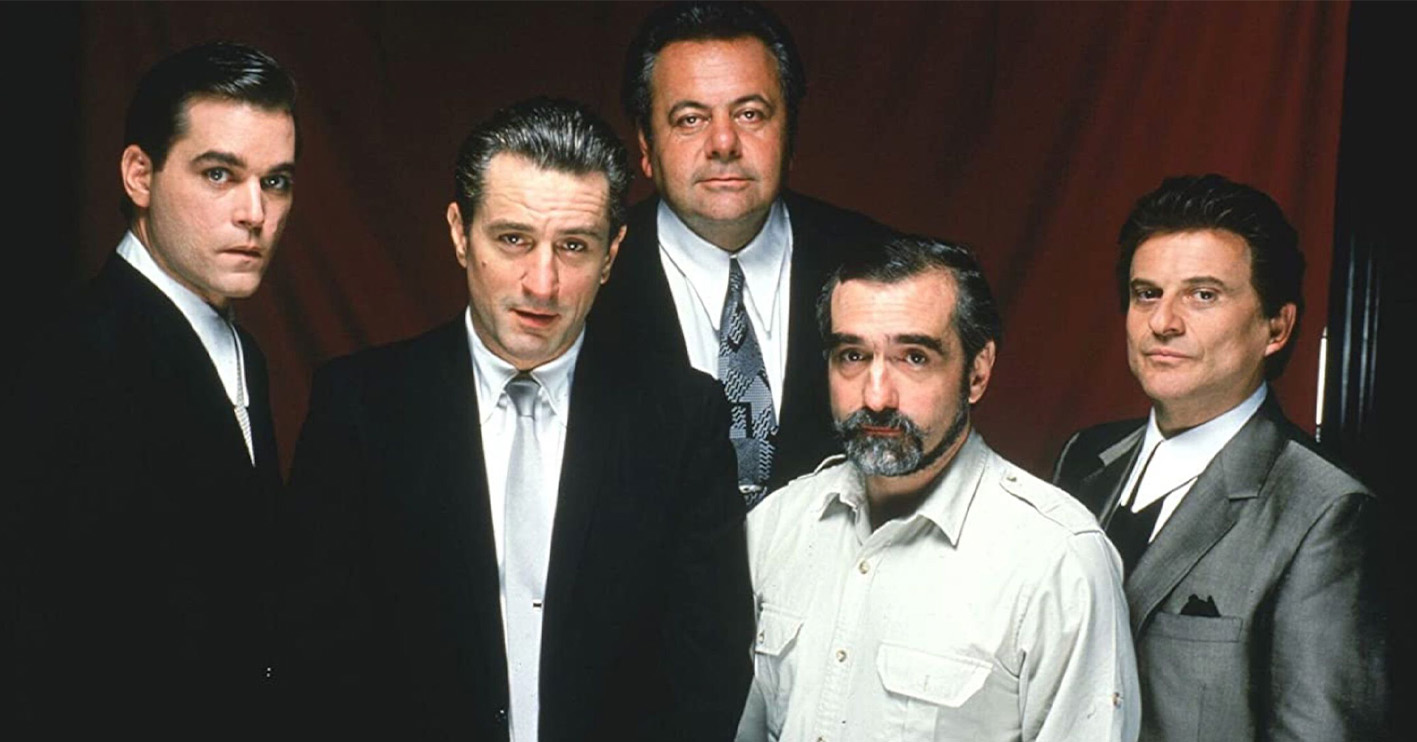Directed by the legendary Martin Scorsese, 1990’s Goodfellas tells the real life story of mafia mobster turned police informant Henry Hill. Boasting an all-star cast with world-class direction and writing (not to mention a killer soundtrack), it really is one of the greatest gangster films ever made, with a stellar cast headed up by Robert De Niro, Joe Pesci and the sadly missed Ray Liotta.
Below are some things you might not have known about the movie that taught us never to call anyone funny…
25. The film was almost called Wise Guy
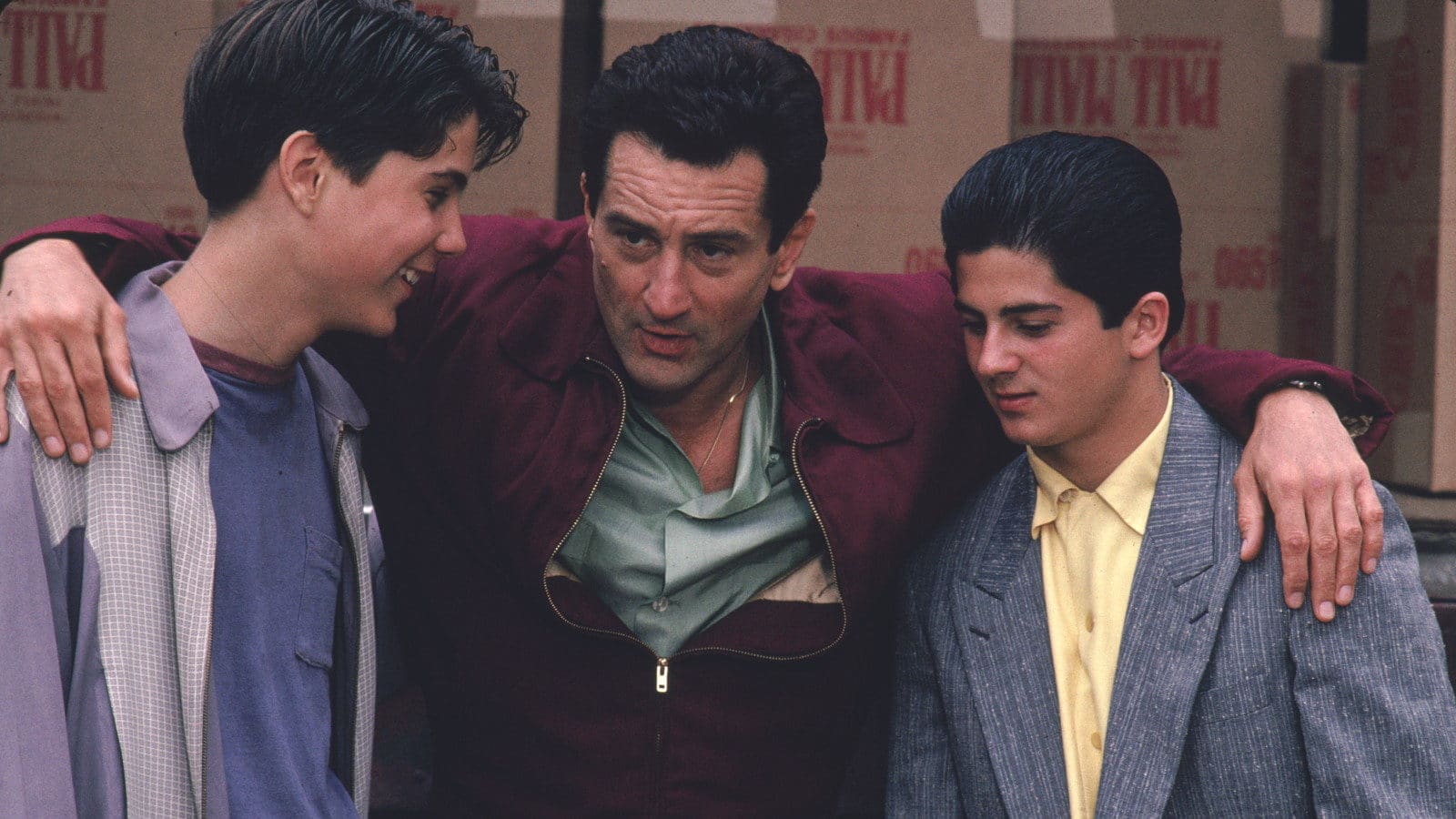
Goodfellas was adapted from crime reporter Nicholas Pileggi’s 1985 book Wiseguy. Pileggi also co-wrote the film’s script with director Martin Scorsese, and originally they planned to call the film Wise Guy (two words rather than the book’s one-word title), before later changing the name to Goodfellas.
A large part of why they changed the title was to avoid confusion with director Brian De Palma’s 1986 film Wise Guys, a comedy about gangsters starring Danny De Vito and Harvey Keitel (who had appeared in some of Scorsese’s earlier films including Mean Streets and Taxi Driver).
24. Scorsese wanted the film to look like ‘a two-and-a-half-hour trailer’
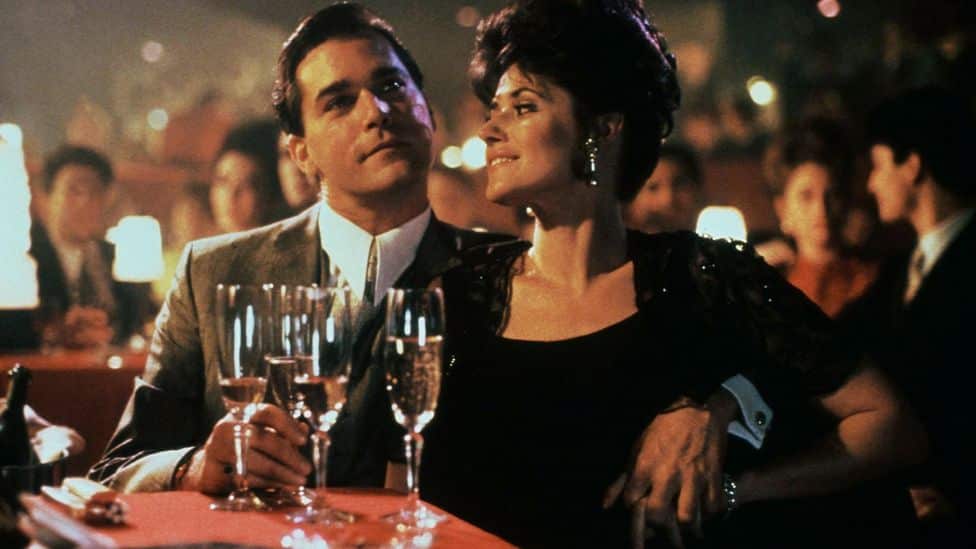
After reading Pileggi’s book, Scorsese immediately had an image in his head of how the film should look. He wanted “to begin Goodfellas like a gunshot and have it get faster from there, almost like a two and a half hour trailer,” explaining this seemed to be “the only way you can really sense the exhilaration of the lifestyle, and to get a sense of why a lot of people are attracted to it.”
Scorsese’s films have long been noted for the intense, fast-paced style, with a great deal of information conveyed at high speed, and stories that span the course of many years. The director has taken a similar approach on many of his other best-loved films, such as Casino and The Wolf of Wall Street.
23. Ray Liotta later quipped the studio “would’ve rather had Eddie Murphy” than cast him
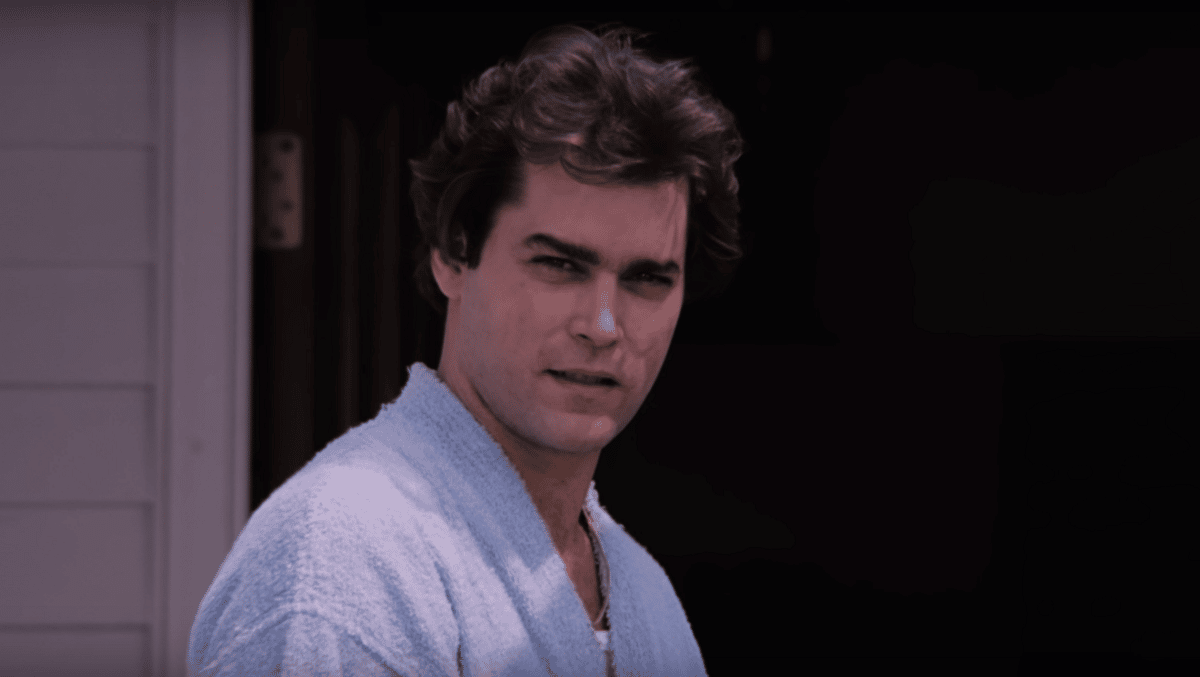
Actor Ray Liotta was a big fan of Nicholas Pileggi’s book, and once he found out that Martin Scorsese was making a film version, he campaigned aggressively to be part of it. However, Liotta was a comparative newcomer at the time, having only recently broken through with a scene-stealing performance in 1986’s Something Wild.
On the basis of that film, Scorsese felt that Liotta was perfect for the film, but studio Warner Bros were less than convinced. Liotta himself later said “I think they would’ve rather had Eddie Murphy than me.” Other contenders for Henry Hill included Tom Cruise, Alec Baldwin, Val Kilmer and Sean Penn.
22. Scorsese filled the script with lines the actors improvised in rehearsals
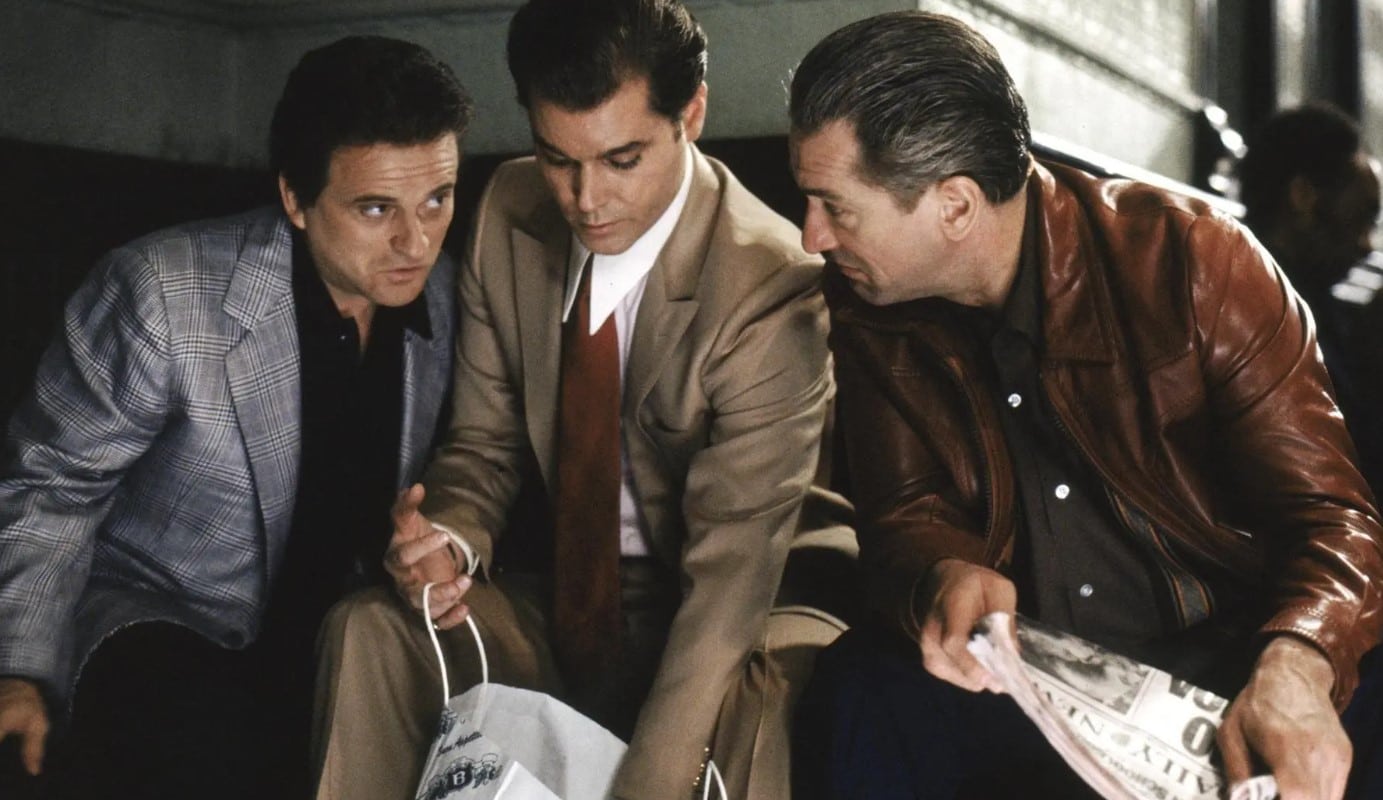
Ray Liotta, Robert De Niro and Joe Pesci prepared for their respective roles by working with Nicholas Pileggi, who gave them access to the very same research materials the author had used in the writing of his book Wiseguy. During rehearsals the actors would ad-lib, and Scorsese took his favourite lines and added them to a revised script that was used once filming had begun.
This actor-friendly approach ensured that the cast were well and truly comfortable with their roles before the shoot began, as well as allowing them creative input. This is a stark contrast to the way most Hollywood movies work, when often actors have to shoot their scenes with strict adherence to the script and little to no rehearsal beforehand.
21. De Niro called the real Henry Hill constantly with questions about his role
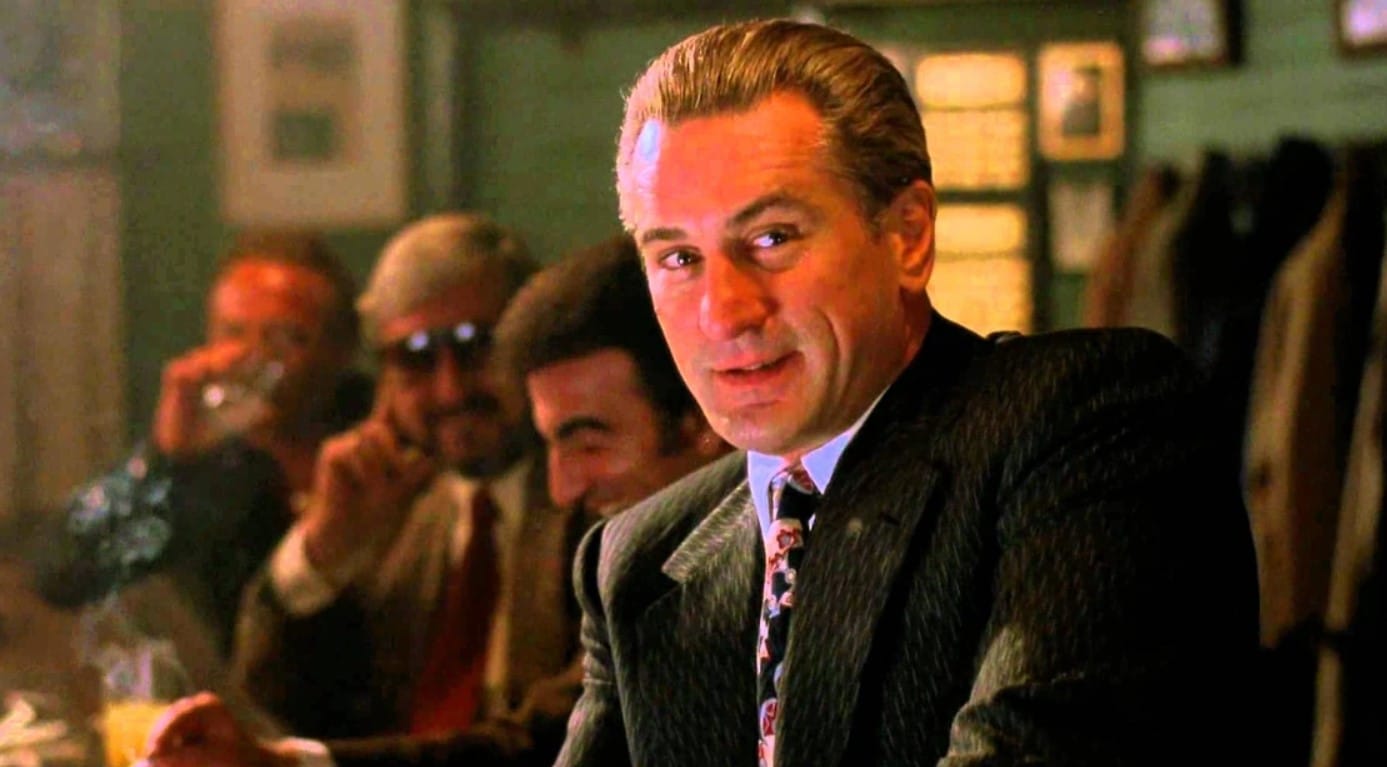
Legendary actor Robert De Niro has always been known for going to extreme lengths to fully embody the roles he plays, and Goodfellas was no exception. In preparation for his role as James Conway, a character who was based on real-life gangster Jimmy ‘The Gent’ Burke, he would frequently call the real-life Henry Hill for guidance.
De Niro would often call Hill several times a day to ask a number of different questions about Burke, such as how he walked or even how he held his cigarette. This was just one of many roles De Niro has taken that were modelled on real-life figures, the most famous being his Oscar-winning performance as boxer Jake La Motta in his earlier collaboration with Scorsese, Raging Bull.
20. The “Funny how?” scene happened to Joe Pesci in real life
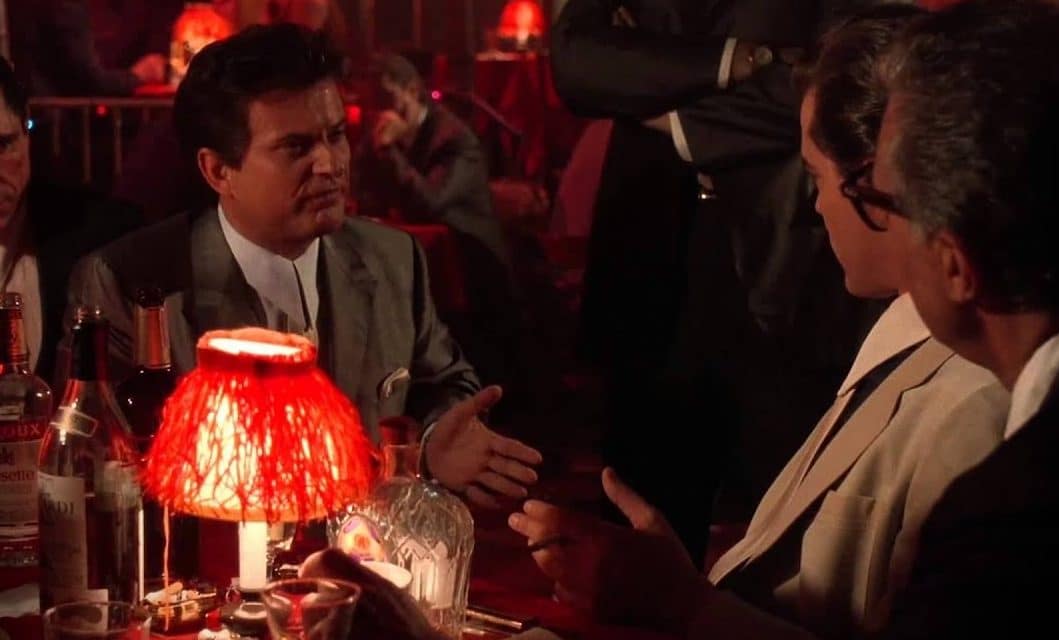
We’re sure you all remember Joe Pesci’s classic “Funny how?” scene, which has gone down in cinema as one of the greatest of all time. Famously, the scene was not part of the original screenplay. Pesci ad-libbed it during rehearsals, and it was subsequently added to the shooting script.
The scene is closely based on an actual experience of Pesci in his younger years, when he worked in a bar frequented by the mafia, and made the mistake of telling a mobster that he was funny. Scorsese has remarked that as well as writing the scene, Pesci effectively directed it as well.
19. The famous tracking shot was nailed on the eighth take
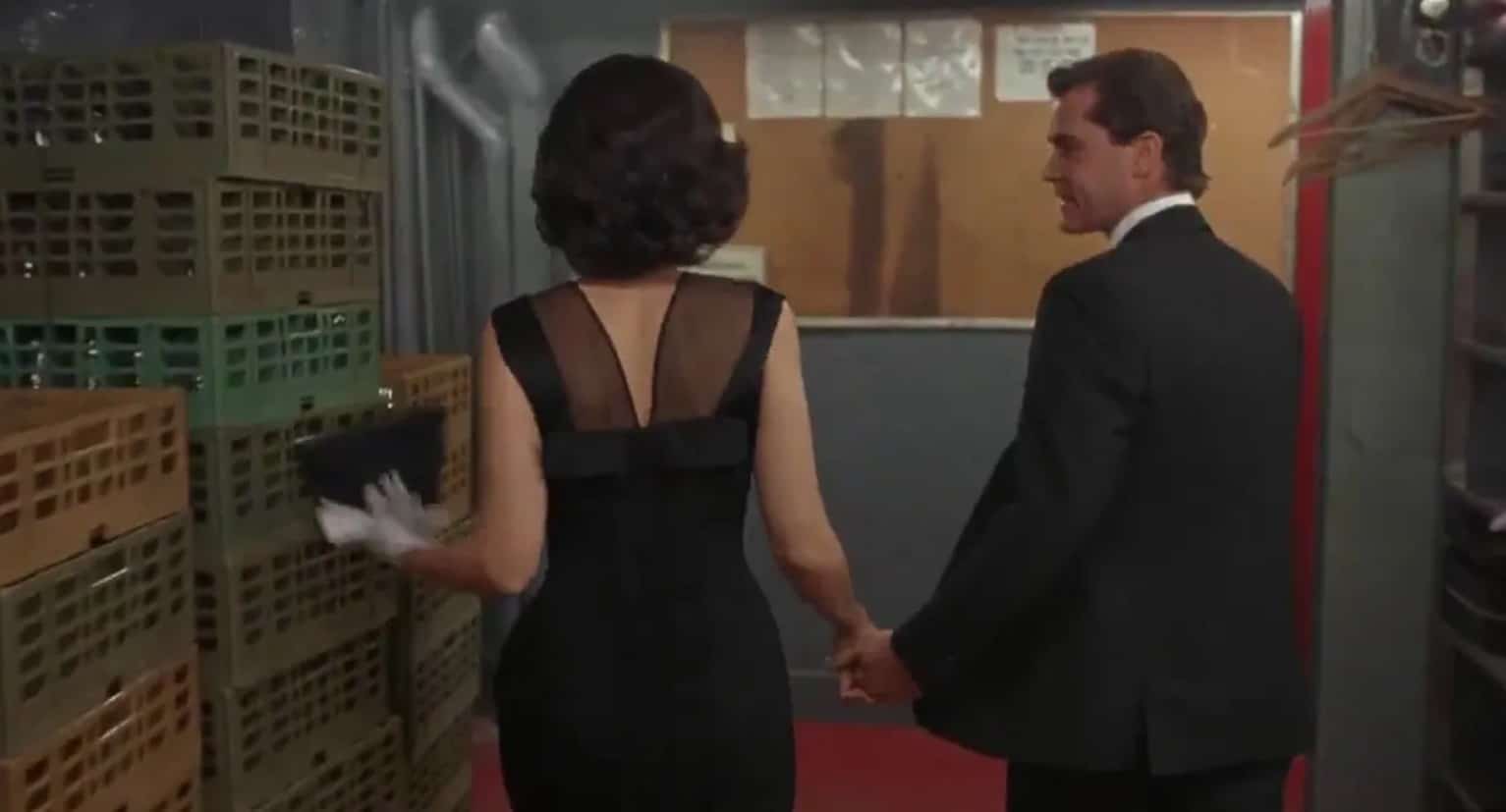
Goodfellas features a memorable tracking shot, following Ray Liotta’s Henry and Lorraine Bracco’s Karen on their date as they enter the Copacabana nightclub through the back entrance, and are treated like royalty. It took eight attempts to get this long and complex shot just right.
Scorsese’s idea with this long shot was to show Karen effectively being seduced by the glamour of mafia life. It was also conceived for practical reasons: the filmmakers were not given permission to enter the building through the main entrance, so they conceived a shot coming in from the back door.
18. Forty people walked out at the film’s first screening
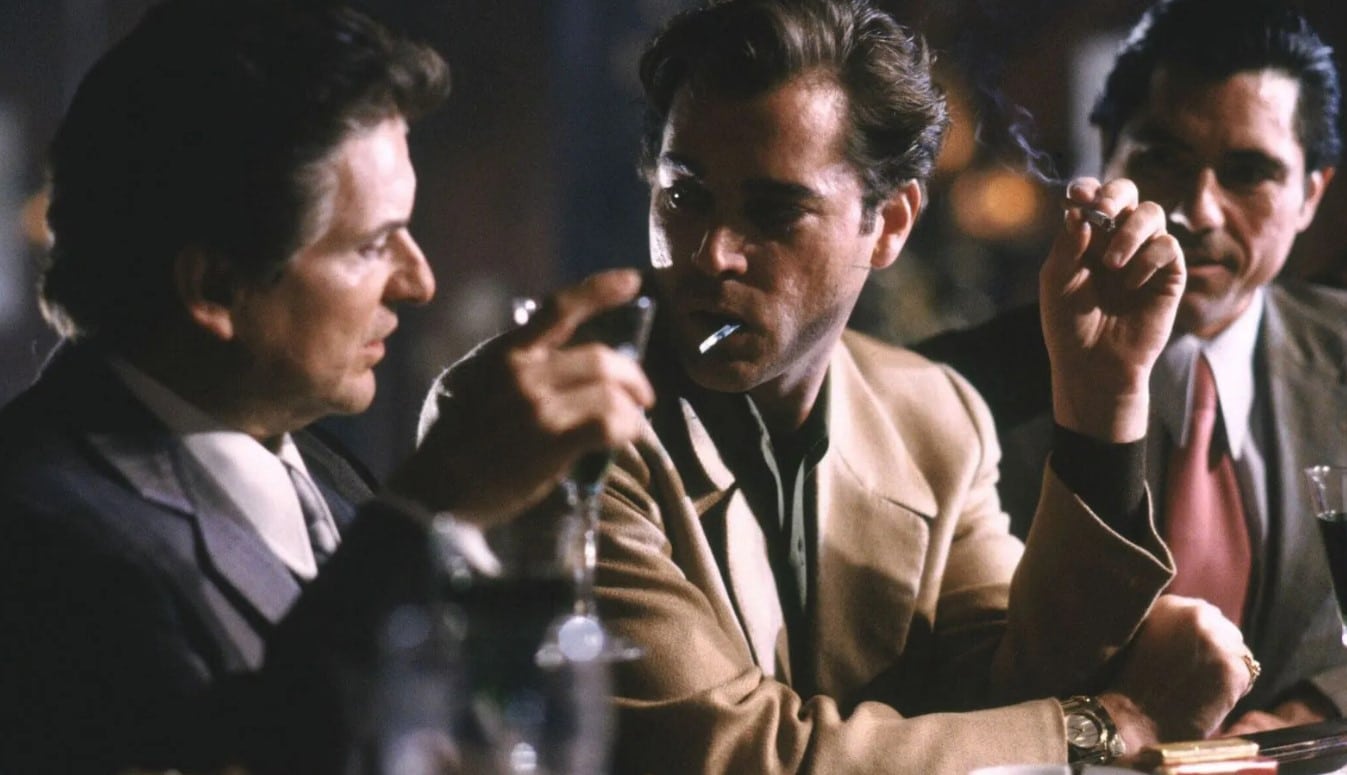
Although Goodfellas was Martin Scorsese’s twelfth narrative feature film as director, it was the first time that the acclaimed auteur had to preview a film to test audiences before it was released. It didn’t go particularly well, as a reported 40 audience members took umbrage and walked out in the first ten minutes.
As might be anticipated, many people were upset by the level of profanity, brutality and the perceived glamorisation of the criminal lifestyle. A number of test audience viewers were also upset by Henry Hill’s ‘last days as a wise guy’ sequence – although Scorsese has since said this was kind of the point.
17. The real Henry Hill was paid almost half a million dollars for his story
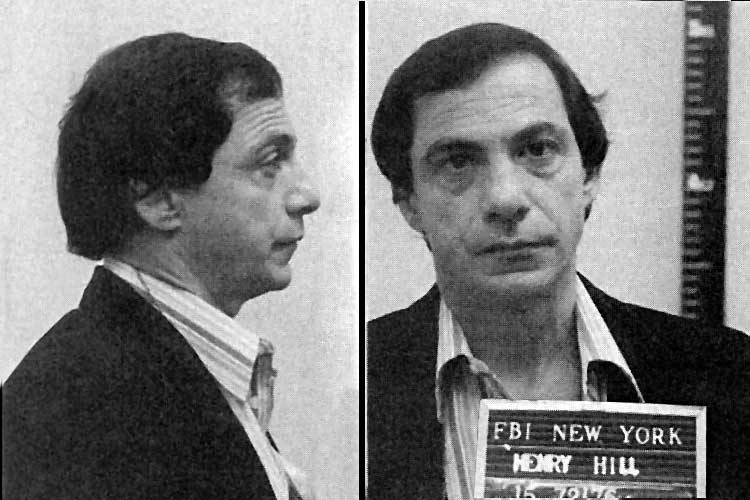
Perhaps controversially, real-life mobster-turned-police informant Henry Hill, who died of complications related to heart disease in 2012, was paid a substantial sum of money for his name and story to be used. Just two weeks before filming of this gangster epic began, Hill was paid $480,000.
Of course, back in his mafia days Hill was used to earning a whole lot more, making tens of thousands on a weekly basis. Hill lived off his Goodfellas fame for the rest of his life, before dying of complications from heart disease in 2012, aged 69. Perhaps unsurprisingly, none of Hill’s old mafia associates attended his funeral.
16. The film inspired David Chase to create The Sopranos

Goodfellas proved a massive influence on every mafia movie and TV show made in the years since, and perhaps the most memorable of these is HBO drama series The Sopranos. Series creator David Chase has made no secret of drawing heavily on Scorsese’s film, once declaring that “Goodfellas is the Koran for me.”
As well as borrowing from the tone of the film, The Sopranos shares a surprising number of actors with Goodfellas. Lorraine Bracco, Michael Imperioli and the late Tony Sirico were regulars, but the show’s end a staggering 29 actors from the movie would make appearances on the show.
15. Scorsese had previously sworn off making any more gangster movies
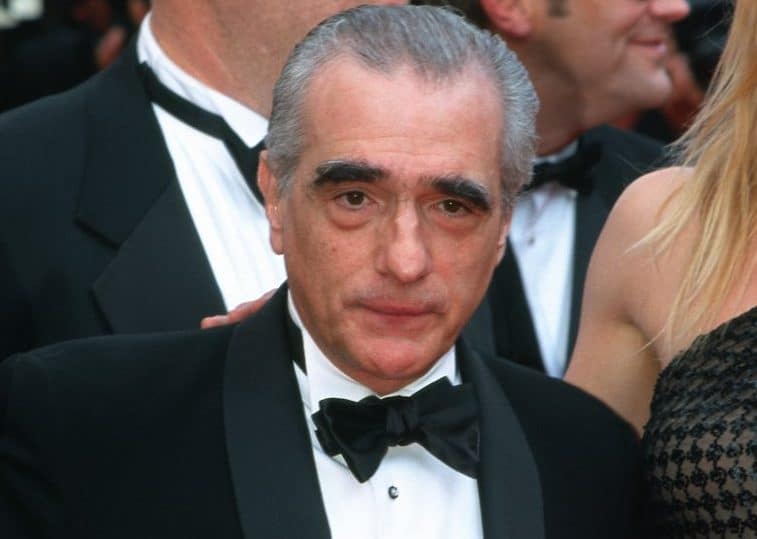
One of director Martin Scorsese’s breakthrough films, 1973’s Mean Streets, was about gangsters. However, by the late 80s, Scorsese had declared that he was done with gangsters for good. He had a change of heart when he first heard about Nicholas Pilleggi’s book Wiseguy whilst working on The Color of Money.
After reading the book, Scorsese completely reversed his position on gangster movies, and he’s worked in the genre several more times since. Scorsese’s subsequent gangster movies are 1995’s Casino, 2002’s Gangs of New York, 2006’s The Departed and 2019’s The Irishman.
14. Ray Liotta turned down Batman to make the movie
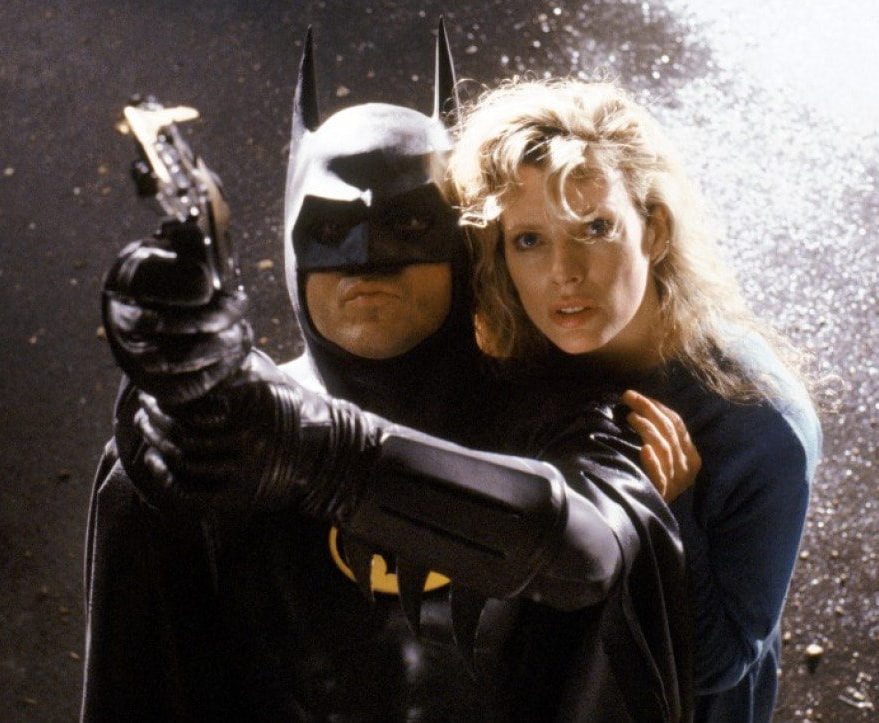
On top of studio Warner Bros being unconvinced about Ray Liotta’s casting in Goodfellas, Liotta himself had to give the matter serious thought, as he’d already been offered another major movie with the studio: Liotta was a serious contender for the title role in 1989’s Batman, and when he declined that role he was also offered the part of Harvey Dent.
In the end, Liotta passed on both parts as he was far more interested in playing Henry Hill in Goodfellas. Batman/Bruce Wayne was ultimately played by Micheal Keaton, with the smaller role of Harvey Dent taken by Billy Dee Williams, and the film proved to be the biggest blockbuster of 1989.
13. It has one of the most celebrated lines of dialogue in film history

Early on in Goodfellas, Ray Liotta’s Henry Hill tells us in voiceover narration, “As far back as I can remember, I’ve always wanted to be a gangster.” This line has become hugely iconic, and was voted to number 20 in the 100 Greatest Movie Lines by Premiere magazine in 2007.
However, the line is always one of the most notoriously misremembered pieces of dialogue from film, as it is frequently referred to as the very first words spoken in Goodfellas. This is not the case: the line only comes after an opening scene of Liotta’s Henry, De Niro’s Jimmy and Pesci’s Tommy driving late at night, when a noise prompts Henry to exclaim, “what the f*** is that? Jimmy, did I hit something?”
12. Al Pacino regretted turning the film down
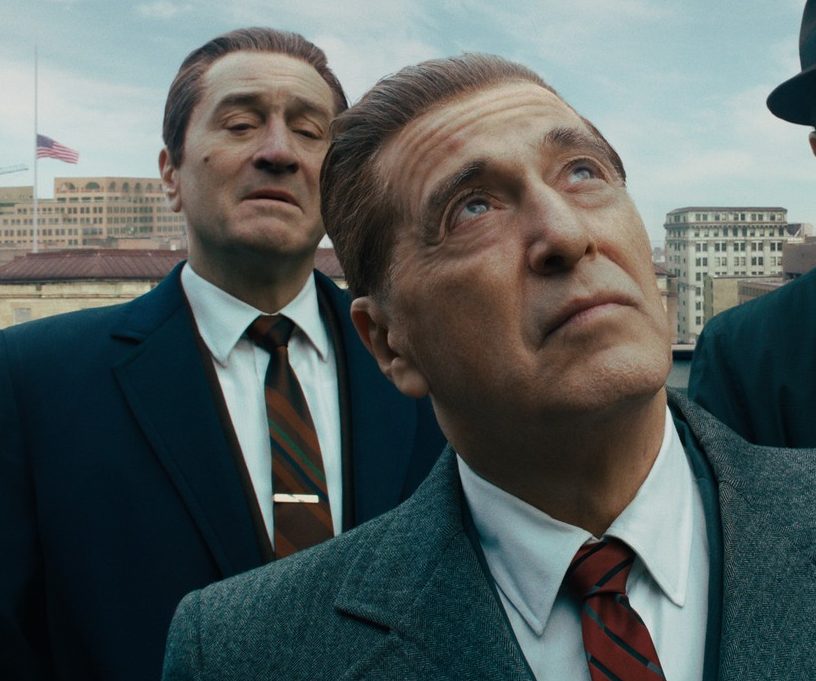
Before Scorsese’s regular collaborator Robert De Niro signed on to play Jimmy Conway, another contender for the part was the equally legendary Al Pacino. However, as Pacino had already played iconic gangsters in both The Godfather series and Scarface, he turned Goodfellas down over typecasting concerns.
Ironically, 1990 saw Pacino instead play cartoonish mob boss Big Boy Caprice in Dick Tracy, which was arguably even worse typecasting. Pacino has since admitted regretting these decisions, and he would later make amends by finally working with Scorsese, De Niro and Joe Pesci in 2019’s The Irishman.
11. Joe Pesci gave one of the shortest acceptance speeches ever when he won his Oscar
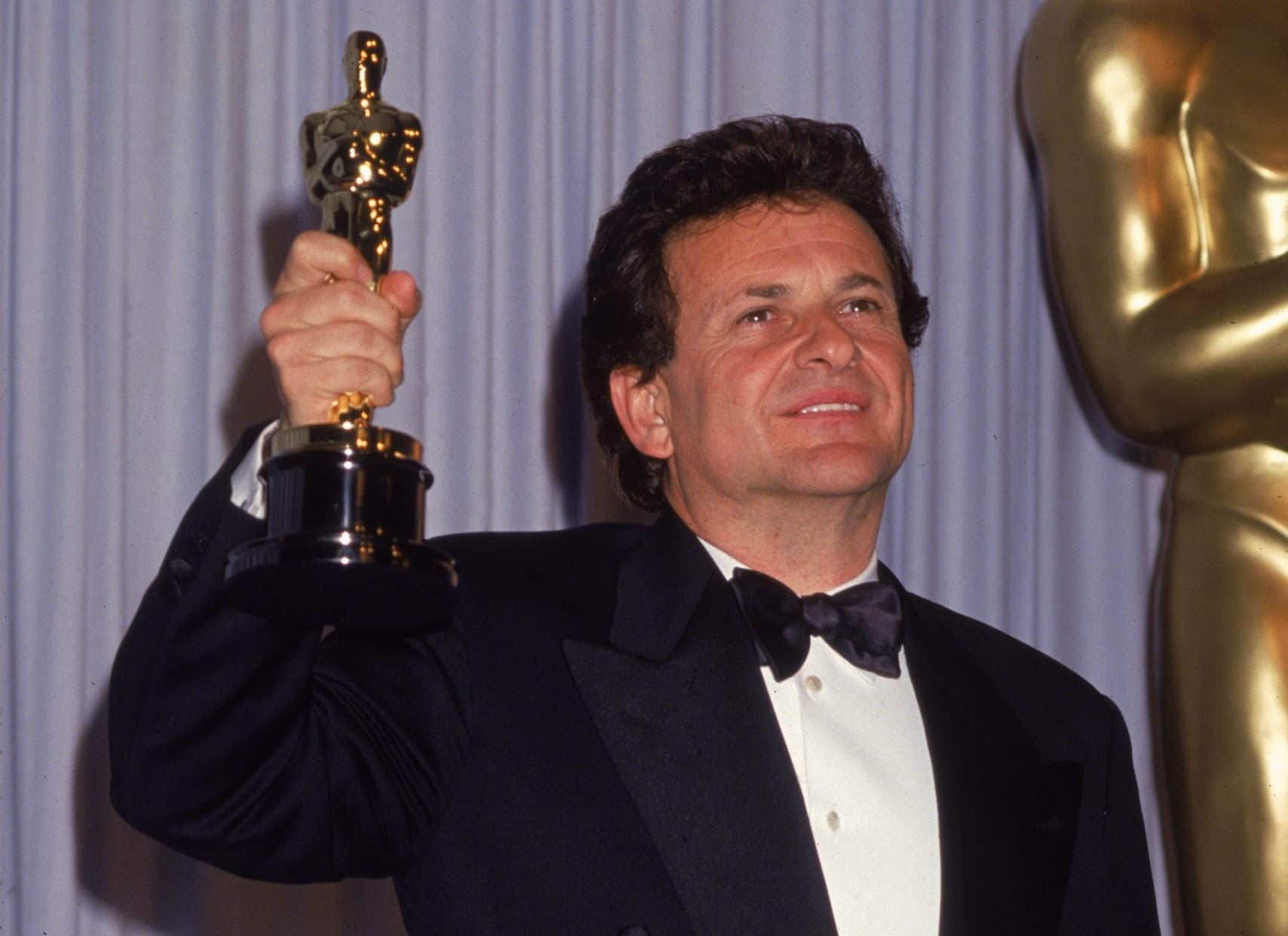
Goodfellas was nominated for six Academy Awards, but in the end the only winner was Joe Pesci, who was named Best Supporting Actor for his turn as Tommy DeSimone. In accepting his Oscar, Pesci gave one of the shortest speeches ever, simply declaring, “it’s my privilege, thank you,” and walking off.
The actor would later explain he never expected to win the award, so hadn’t bothered to prepare anything. Pesci’s fellow nominees for the Best Supporting Actor Oscar were Bruce Davison (Longtime Companion), Graham Greene (Dances with Wolves), Andy Garcia (The Godfather Part III) and Al Pacino (Dick Tracy).
10. Several key figures from the film would reunite on Casino
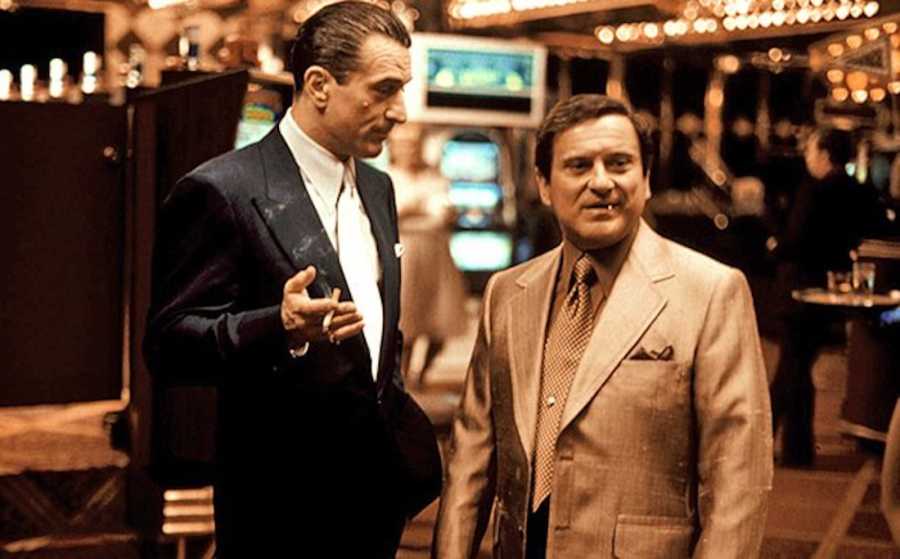
At the 1991 Academy Awards, Nicholas Pileggi and Martin Scorsese were nominated for Best Screenplay Based on Material From Another Medium for their work on the film, but lost out to Michael Blake for Dances with Wolves. This may have been a disappointment, but overall Pileggi and Scorsese’s collaboration was considered a roaring success.
Clearly the two men recognised that they made a good team. Pileggi would reunite with Scorsese on the screenplay for 1995’s Casino, which also starred Robert De Niro and Joe Pesci. Years later, Pileggi served as executive producer on Scorsese’s 2019 film The Irishman, again starring De Niro and Pesci.
9. A lot of Henry Hill’s real crimes were left out of the movie

Goodfellas may be nearly two and a half hours long with a plot that takes place over the course of 25 years, but there still wasn’t room to fit in all the nefarious activities of Henry Hill. In reality, the career criminal perpetrated many more misdeeds.
Other Hill crimes that the movie left out include a point-shaving scandal around Boston college basketball, in which games were rigged for the benefit of gambling. This story made headlines in the early 80s, but didn’t really attract widespread attention until after Goodfellas came out and Hill’s involvement sparked interest.
8. Scorsese regrets not working with Ray Liotta again
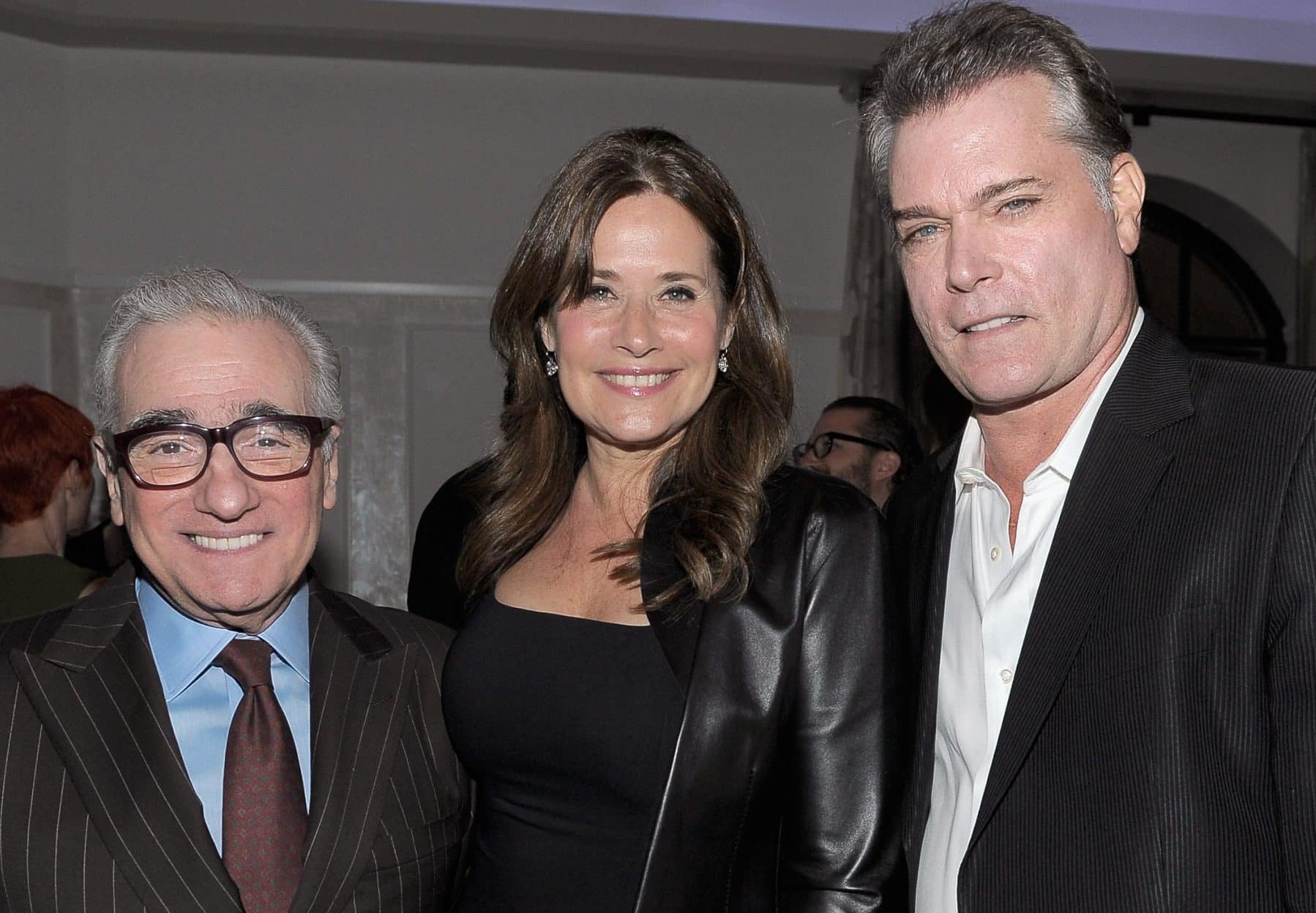
Goodfellas seemed sure to guarantee Ray Liotta A-list status in the years that followed, yet by the late 90s the actor had faded from the limelight. In some of his last interviews before his untimely death in May 2022, Liotta expressed disappointment over not working with the director again, telling The Guardian “you’d have to ask [Scorsese]” why they’d never collaborated again.
Following Liotta’s death, Scorsese paid tribute to the actor, remarking, “We had many plans to work together again but the timing was always off, or the project wasn’t quite right. I regret that now… I wish I’d had the chance to see him just once more, too – to tell him just how much the work we did together meant to me.”
7. Paul Sorvino almost quit the film over the violence

Paul Sorvino is a commanding presence in the role of Paulie Cicero, the man from whom most of the Goodfellas characters take their orders. The Italian-American actor had major reservations about taking the part, however, due to the brutality involved, and he almost quit days before production began.
Sorvino explained years later, “I called my manager and said, ‘get me out of this, I can’t do it’… The real difficulty there was the inner life … that weird bifurcation of character. When they’re home, they’re family people. When they’re out, they’re shooting people.”
6. De Niro insisted on carrying real money
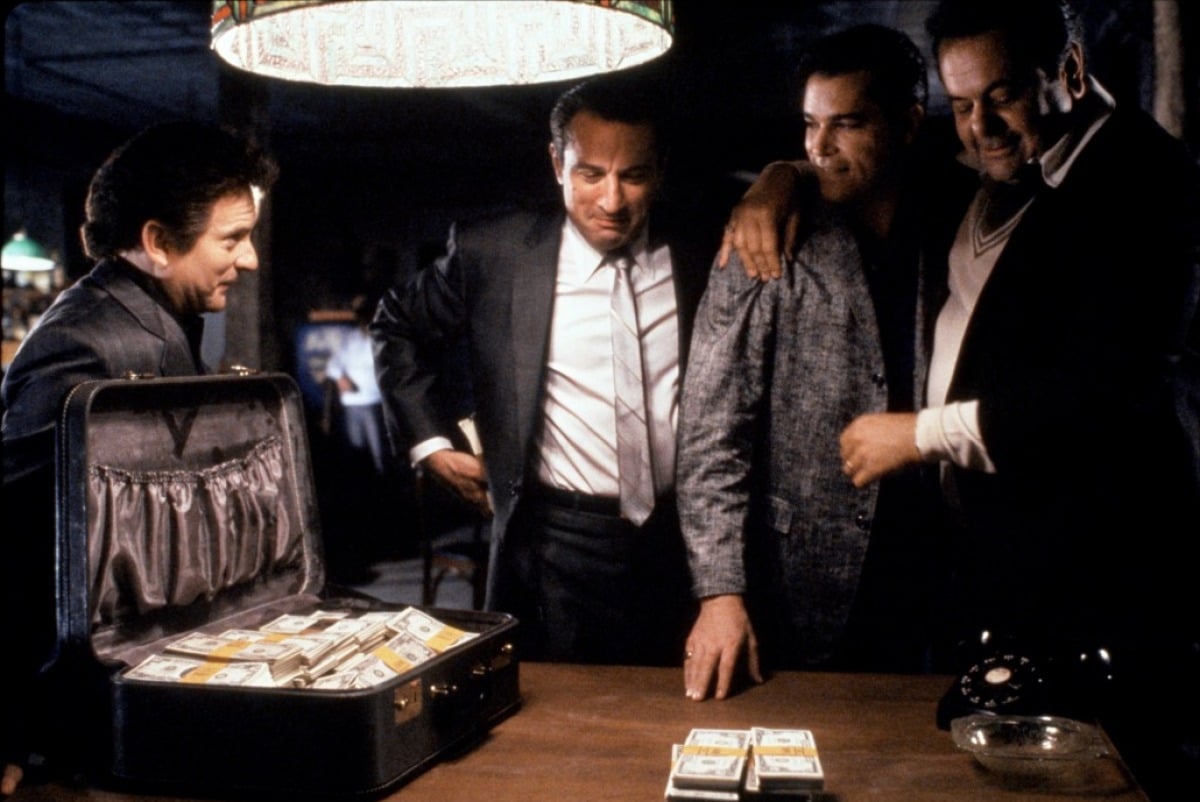
As a method actor, Robert De Niro is insistent on making his performance as close to reality as possible, with obsessive attention to detail. To this end, the actor insisted on carrying large quantities of real money in cash at all times.
In the scene when Jimmy is literally throwing his money around in a casino, that was De Niro was handling $5,000 in authentic bills. This was actually the money of props master Robert Griffon, who agreed to let De Niro use it on the condition that he got it all back once the scene was done.
5. Michael Imperioli got hurt for real shooting his death scene

Michael Imperioli (later famed for his role on TV’s The Sopranos) appears in Goodfellas as Spider, who meets an unfortunate end after getting on the wrong side of Joe Pesci’s Tommy. Unfortunately for Imperioli, he got hurt for real shooting his death scene, cutting himself on broken glass.
The wound was bad enough that the actor had to go to the hospital, but he was also covered in fake gunshot wounds applied for his death scene. The actor recalls, “at the hospital in Queens, they think I’m about to die. I think they think it’s some drug hit. And I’m trying to explain to the people how it’s my hand and I’m OK. And they think I’m delirious.”
4. Actor Frank Sivero tried to sue The Simpsons for stealing his likeness

Goodfellas proved so influential that homages and affectionate parodies have popped up all over the place in the years since. One time this may have occurred was when The Simpsons introduced a gangster named Louie, which actor Frank Sivero believed was modelled on him.
Sivero (who also appears in The Godfather Part II) took a lawsuit out against The Simpsons and TV network Fox in 2014, demanding $250 million in damages. The case was promptly dismissed, and when Sivero took the matter to the appeals court they too rejected his claim.
3. Steve Martin movie My Blue Heaven was also based on the Henry Hill story

Goodfellas writer Nicholas Pileggi was married to the late screenwriter Nora Ephron. She too was fascinated by the story of Henry Hill, and made it the basis for her original screenplay My Blue Heaven, which follows a gangster in witness protection adjusting to normal suburban life.
My Blue Heaven stars Steve Martin and Rick Moranis, and actually made it to screens a month before Goodfellas in August 1990. However, it was met with a lukewarm response and proved to be a box office flop.
2. Madonna came close to playing Karen Hill
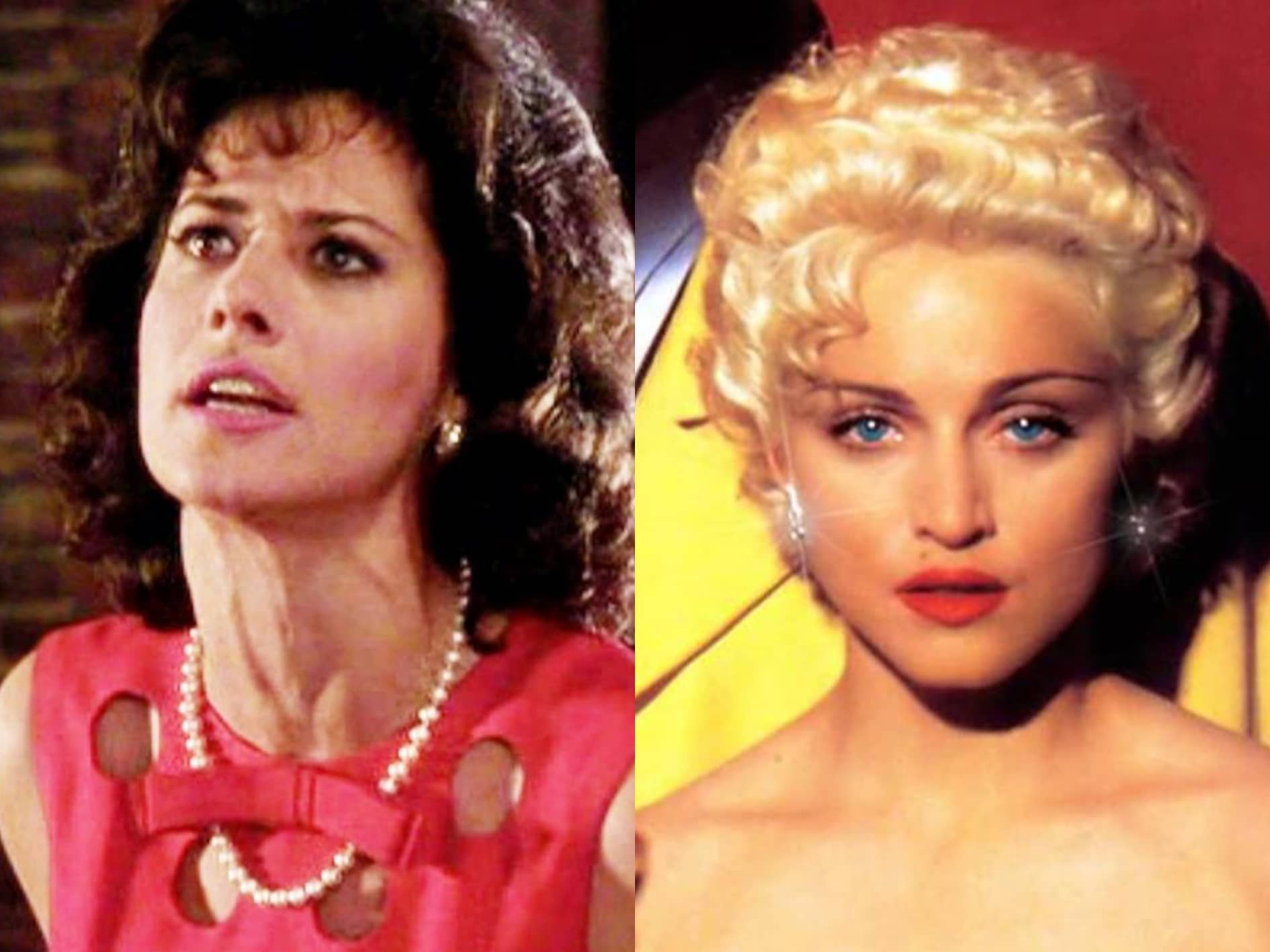
Before Lorraine Bracco was cast in the role of Henry Hill’s wife Karen, the filmmakers were considering a much more famous face for the role: Madonna. The pop superstar was making efforts to be taken more seriously as an actress at the time, including appearing on Broadway in a David Mamet play.
In the end, Scorsese felt that Bracco was a better fit for the role. Madonna would go on to play another gangster’s moll, appearing in Warren Beatty’s Dick Tracy (alongside another almost-Goodfellas star, Al Pacino).
1. It was parodied on kids’ sitcom iCarly
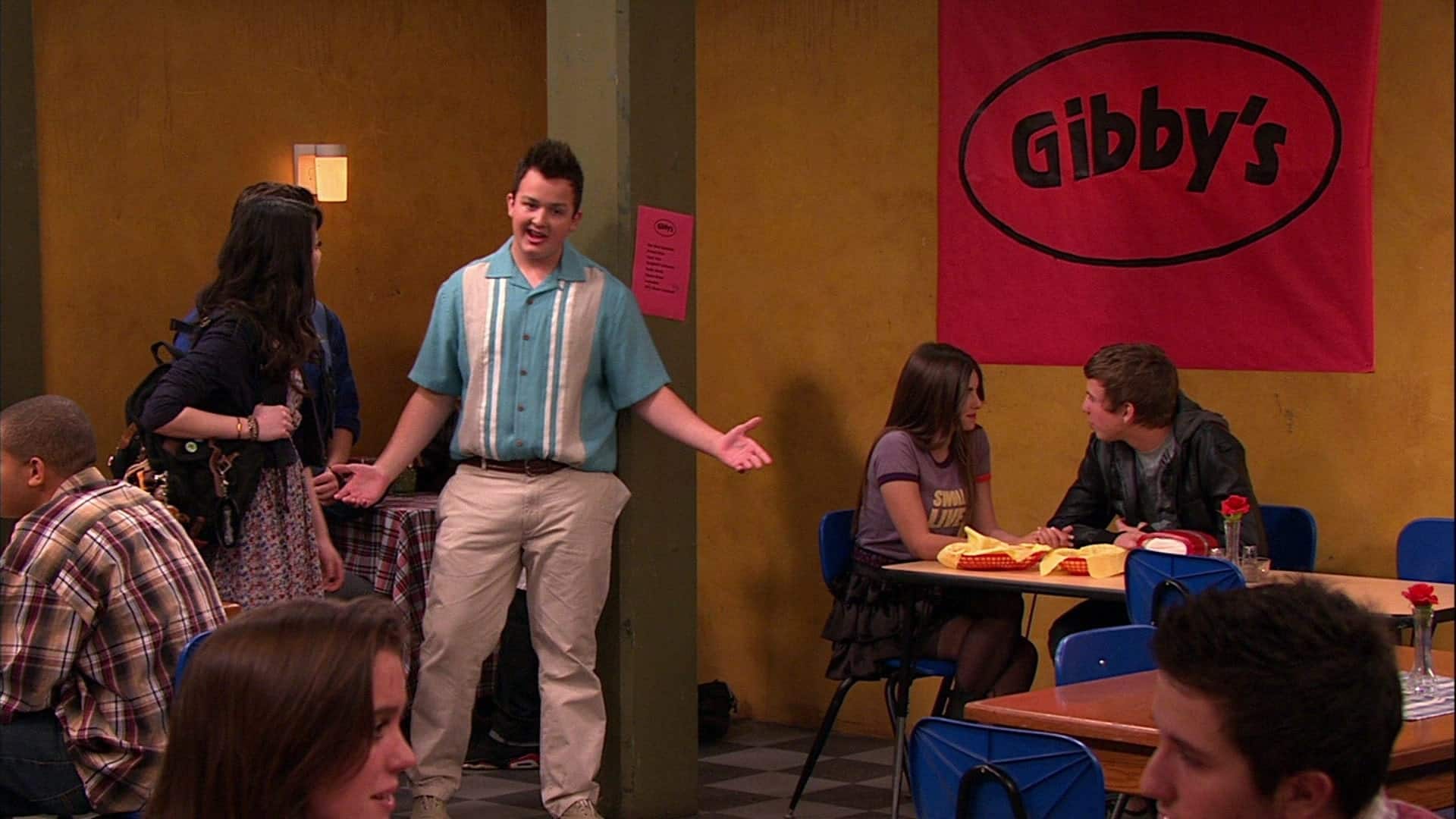
Goodfellas has been affectionately sent up so many times over the years that it’s hard to keep track: the many TV comedies to reference the movie include The Simpsons, Family Guy and Community. Perhaps the most surprising Goodfellas homage comes from the Nickelodeon sitcom iCarly.
2012 episode iOpen a Restaurant sees Gibby (Noah Munck) become a restaurateur – something he declares he’s wanted to do “as far back as I can remember.” One of Gibby’s old school bullies Billy Boots (a nod to Billy Bats) shows up and makes fun of him, and an almost direct recreation of the notorious “go home and get your f***in’ shine box” scene ensues – but with more kid-friendly language.

